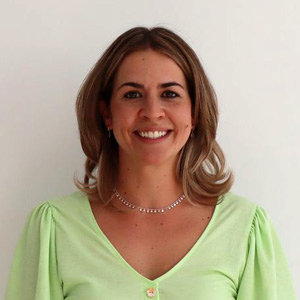What is speech therapy?
speech therapy is the health discipline that deals with the diagnosis, evaluation and treatment of disorders related to communication. , language, speech, swallowing and voice in children and adults. The objective of speech therapy is to improve communication skills, speech disorders, understanding and expression of language.
Why does my child need a speech therapist?
Children's speech therapy is a service for children with alterations in verbal and non-verbal communication.
Will my son, my daughter, be able to speak well? What's wrong with my son? What do I do?...
These are some of the first questions that arise when developing a language or speech disorder and/or delay.
In what situations it is advisable to consult a speech therapist:- When the language is unintelligible.
- When you breathe with your mouth open.
- When there is frequent aphonia/dysphonia.
- When there are feeding problems.
- Have difficulties when writing or reading.
- After suffering a stroke.
- Have drastic changes in your voice.
- General developmental and language challenges.
- Pronounce incorrectly.
- That does not discriminate noises or sounds.
Speech therapy in adults is a service aimed at improving people's quality of life, offering the strategies and resources necessary to have functional communication.
What do we work on in adulthood?
Speech therapy in adults is a service aimed at improving people's quality of life, offering the strategies and resources necessary to have functional communication.
- Neurological diseases.
- Voice disorders.
What does a speech therapist rehabilitate?
- Speech disorders: TSH, dysglosias, dysarthria.
- Language disorders (comprehension and expression): language delay, SLI.
- Rhythm and fluency disorders: dysphemia.
- Voice disorders: childhood and adult dysphonia.
- Reading and writing disorders: dyslexia, dysgraphia, dyscalculia.
- Myofunctional therapy.
- Deaf and hard of hearing.
- ADD or ADHD.
In addition to this, from this area the most appropriate alternative and augmentative communication systems (SAAC) are created in a personalized way through an exhaustive prior assessment for each type of child. These systems allow communication when there are serious alterations in the dichotomized process of interaction with the environment, in addition to enhancing and improving emotional states that are diminished by the inability to express basic daily needs..


